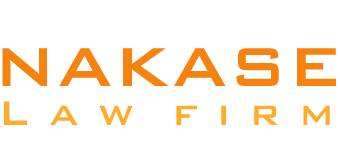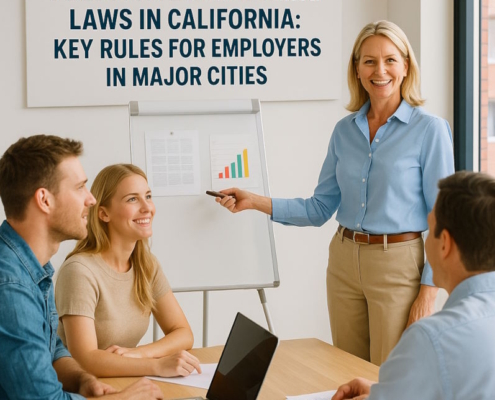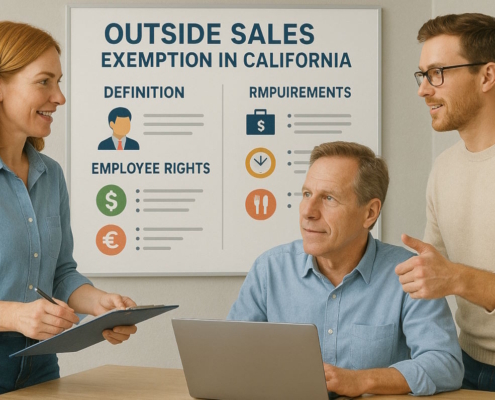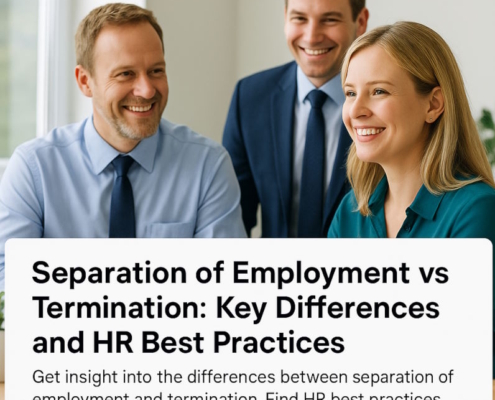Introduction
According to both federal and state laws, some administrative personnel are free from California’s overtime regulations. This is known as the administrative exemption. These workers are additionally not entitled to lunch and rest breaks because of the administrative exemption in California.
An administrative worker who is exempt must:
- Carry out administrative tasks primarily,
- Exercise discretion & independent judgment on a regular basis, and
- Get paid at least double the minimum wage per month for working full-time.
Section 515 LC of the Labor Code addresses the administrative exemption in California. According to this law:
If an executive, professional, or administrative employee is primarily doing the duties that qualify for the exemption, regularly and customarily uses discretion & independent judgment in carrying out those duties, and receives a monthly salary equal to at least twice the state’s minimum wage for full-time work, the Industrial Welfare Commission may create exemptions from the rule that an overtime rate of salary be paid according to Section 510 and Section 511. The commission will assess the duties that satisfy the exemption’s requirements.
A test has been developed by the California Labor Commissioner to determine when an administrative exemption is applicable. The definition of an exempt employee is determined by both federal & state law.
An employer may be liable for retroactive overtime compensation if it incorrectly classifies an employee as exempt. To get this compensation, an employee may bring a wage/hour case.
Administrative Exemption in California
California’s overtime regulations have an exception known as the “administrative exemption.” Exempt workers whose work is deemed administrative are covered by it.
Under Labor Code 515 LC, the administrative exception is discussed. (In addition, there are “professional” and “executive” exemptions from overtime regulations.)
The administrative exemption in California is not limited to overtime in employment law. Additionally, exempt workers are exempt from meal and rest intervals.
Conditions
For California’s administrative exception to be applicable, two conditions must be met. Labor Code 515 has a list of them.
- Initially, the worker needs to be paid a minimum wage.
- Second, they must fulfill specific standards as part of their work.
Those are:
1. Work associated with company operations or management
An “administrative employee” is required to carry out non-manual or office tasks. That effort must have a clear connection to:
- Management guidelines or
- Routine commercial activities.
(This may apply to a company or its clients.)
Exempt employment for educational staff members includes managing a department or the school. This effort needs to have a clear connection to academic teaching.
Business operations and management refer to domains of work, such as:
- Tax, finance, or accounting;
- Auditing;
- Budgeting;
- Insurance;
- Quality control;
- Acquiring or purchasing;
- Marketing and promotion;
- Labor relations, employee benefits, human resources,
- Government or public relations;
- Regulatory and legal work; and
- Database and internet administration, and computer networks.
It is not exempt from working on an industrial production line. Selling goods in a store is also not an option.
Not every highly trained individual is an administrative worker. They must perform the kinds of business and management tasks mentioned above.
Example: Rex is employed at a business that sells robotic machinery. He assists the business and its clients in finding and fixing equipment issues.
Rex needs specific technological skills for his job. His work has nothing to do with the company’s management or operations. The state’s administrative exemption does not apply to it.
2. Independent judgment and discretion
Administrative staff are required by Labor Code 515 to use their own discretion and judgment. As part of their profession, they have to perform this “customarily and routinely.”
Many workers are required to adhere to policies and procedures at work. This does not imply that they lack prudence on their own. They might still qualify as exempt administrative workers.
Most workers have their decisions reviewed by superiors as well. Additionally, this does not imply that individuals lack the capacity for independent decision-making.
However, an employee most likely isn’t eligible if they must consult their manager for the majority of their decisions. The independent judgment necessary for the exemption would not be exercised by them.
For example, Gina is employed by a delivery company as a dispatcher. She makes appointments with clients for deliveries. Additionally, she assigns drivers according to computer-generated tasks.
Gina must consult with management before making any changes when there is an issue with driving schedules. Before punishing a driver, she must also speak with a manager. She is not permitted to deal with client issues.
Gina’s work does not require her to exercise discretion or independent judgment. Thus, she does not qualify as an exempt administrative worker.
3. The degree of supervision
For a worker to be eligible for the administrative exemption in California, they must either:
- Help an owner or managerial staff member regularly;
- Carry out technical or specialized tasks needing specific training with just general supervision; or
- Carry out unique assignments under just general supervision.
Examples of workers who fulfill this requirement include the following:
A top CEO of a large corporation has a close relationship with an executive assistant.
An adjuster for insurance claims who examines claims, inspects damage to property, and performs interviews. (The individual is working under broad supervision on specific tasks.)
One of the team members is in charge of negotiating an agreement on real estate. (The individual in question is working under general supervision on a special project.)
4. Working mostly on exempt tasks
The employee must “mainly” perform administrative work to qualify for the administrative exemption from overtime restrictions.
This implies that more than half of the workers’ working hours must be dedicated to exempt tasks.
Work that satisfies the three previously mentioned criteria is considered exempt work. Work that is immediately connected to exempt work is also included. Additionally, it covers employment that serves as a vehicle for performing exempt work.
Therefore, even if an employee occasionally does non-exempt labor, the administrative exemption in California may still be applicable. Even if they routinely perform non-exempt employment, it may still be applicable. All they have to do is devote over fifty percent of their working hours to administrative tasks.
For example, David oversees a package delivery business as a manager. He works mostly in management. The administrative exemption under LC 515 is met by this work.
However, David occasionally has to assist delivery drivers with their deliveries. Only if the drivers are behind schedule on delivery does this happen. This work is not exempt.
David occasionally performs non-exempt labor. However, he spends more than fifty percent of his time on exempt work. Thus, he is still covered by the administrative exemption in California.
An employee’s actual work determines whether or not they perform exempt work primarily. If the formal job description is incorrect, it makes no difference.
Salary
The administrative exemption necessitates a minimum wage in addition to specific job duties. Workers must be earning at least twice the minimum wage ($16.50 per hour).
An employee needs to earn more than $5720 a month to qualify for the exemption under LC 515 ($33 an hour, 40 hours/week).
Tanya, for example, is a manager for a start-up that produces online content. She manages the work of the content authors. She is also in charge of hiring and firing them. In her work, she has a great deal of caution. She reports directly to the senior executives/managers of the organization.
Tanya only receives a salary of $2500 each month.
Tanya performs exempt labor. However, her pay is insufficient to qualify for exemption (administrative). This implies that if she works over forty hours a week, her employer is required to pay her overtime.
Misclassification
For underpaid overtime wages, a misclassified worker may be eligible to file a wage and hour case.
Workers who are not excluded from the administrative exemption are required to get overtime compensation.
- Over eight hours per day,
- Over forty hours per week, and/or
- Over six workdays per workweek.
Time and a half is overtime, or, in certain situations, double the standard hourly wage.
For unpaid overtime, a non-exempt worker who is mistakenly labeled as exempt may file a lawsuit against their employer. They are entitled to the unpaid overtime compensation. In addition, they may file a lawsuit to recover interest and legal fees.
Employees who were misclassified according to the administrative exemption could have also been eligible for breaks for meals and rest.
If so, they are entitled to compensation through a wage/hour case. For each meal and rest period that an employee should have had, the employer will be responsible for one hour’s wages.
The Law
Administrative exemptions from the overtime law are found in both California & federal law.
For the state administrative exception, California law is in effect. This is because workers normally benefit more from it.
However, the administrative exception of Labor Code 515 is often interpreted in accordance with federal law.
There are instances where firms incorrectly categorize a sizable workforce within the administrative exemption. Under such circumstances, a wage/hour collective action suit might be appropriate.































